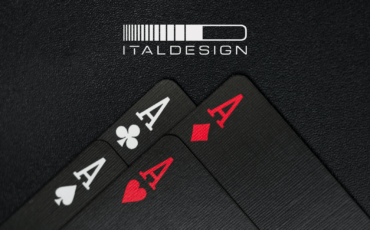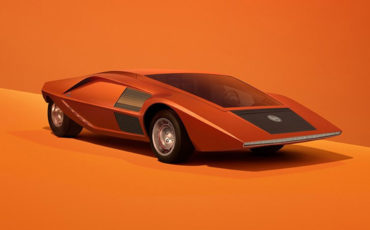The origin
Lamborghini was never intended to appear in a race because Ferruccio Lamborghini wanted to focus on being supreme on road, not track. Bob Wallace, on the other hand, believed that Lamborghini cars are potentially competitive racers. The chief test-driver of Lamborghini could persuade Ferruccio to let him modify 3 models and build a race version of each to see what a race Lambo would be like. The 1st one was a Miura, based on a P-400 and modified to comply with the “J” series of the FIA races. So it was named after the pronunciation of J in the Spanish alphabet, Jota.
The engine was well boosted by utilizing a dry-sump lubrication, different camshafts and also increasing the compression ratio, along with many other changes in different parts, enabled to rev up to 8800 rpm and unleash up to 440 bhp. The gearbox and exhaust system were also replaced with the race versions and the suspension was widened. In order to reduce weight, the steel chassis floor and most of the bodywork were remade of Avional, a high strength and light aluminum alloy. New Campagnolo wider yet lighter magnesium wheels were installed, the side windows and the headlights were replaced with fixed plastic ones, the interior was stripped off, the dashboard was replaced with a just-essentials one. All extra instruments were also eliminated reducing the overall weight to around 900 kg. The car also received aerodynamic modifications, with the front spoiler for example, attached to retaliate the uplift Miura’s nose faced at high speeds. To have a perfect weight distribution, the single fuel tank was replaced with two 60-liter ones fitted into side sills. Besides, some vents were cut wherever needed on the bodywork for better ventilation.
Almost everything was purposefully modified and all the above mentioned were just a few general ones. The raging bull was now ready to charge. It was test driven by Bob on Pirelli test tracks for around 20/000 km, but not being intended to race and because of some financial problems of the company, the one and only Jota was sold to Inter-Auto in Brescia, Italy.
Not long after, the car crashed on a bridge during a test drive, one of the side tanks was busted and the car was burned to the ground beyond repair. There was no Jota anymore but with the new Miura SV model available, several customers wanted their cars to be upgraded to Jota edition, including the Shah of Iran, Mohammad Reza Pahlavi. These examples are known as SVJ and not identical to the original Lamborghini Miura Jota, because they were road cars after all.
Piet Pulford, an English Lamborghini enthusiast, decided to reincarnate the legendary Lamborghini Miura Jota as a replica, getting help from Bob Wallace himself, living in Arizona at the time. A wrecked Miura chassis No. 3033 was purchased, delivered to Wymondham Engineering in Norfolk and the masterpiece started being developed by the hands of many engineers and mechanics, including Chris Lawrence and Roger Constable who played a great role, under Bob’s tele-supervision. After a nearly 15-year effort, Jota was reborn in 2003, “and even better than the original”, Wallace believed.
Technical specifications
The Lamborghini Miura Jota was/is a mid-engine race-car powered by a boosted P400 engine, a natural aspirated V12 @ 60° with an alloy block mounted transversely and transformed to a dry-sump, featuring 2 valves/cyl layout and using 2 overhead camshafts driven by chain. The engine was fed by 4 Weber 3-choke 46 IDL carburetors and the ignition system was replaced with an all-different electronic one using 2 coils and Marelli distributors. It had the same bore/stroke ratio of 82/62 mm, but with increased compression ratio of 11.5/1. With a total displacement of 3929cc, the mighty engine could produce up to 440 bhp @ 8500 rpm of power and 403 Nm @ 6500 rpm of torque, well enough to propel the 900 kg car to the speed of 100 km/h in around 3.6 s and a top speed of 320 km/h through a 5-speed gearbox but with closer ratios and a ZF differential. Jota used a wider, all independent suspension system which was parallelogram arms with coil springs and adjustable Koni telescopic shock absorbers in both front and rear. It also featured ventilated disc brakes on all 4 wheels.



Is the “Millechiodi” also a “Jota” ?
Non male con i fanali alternativi
how much are those worth now?